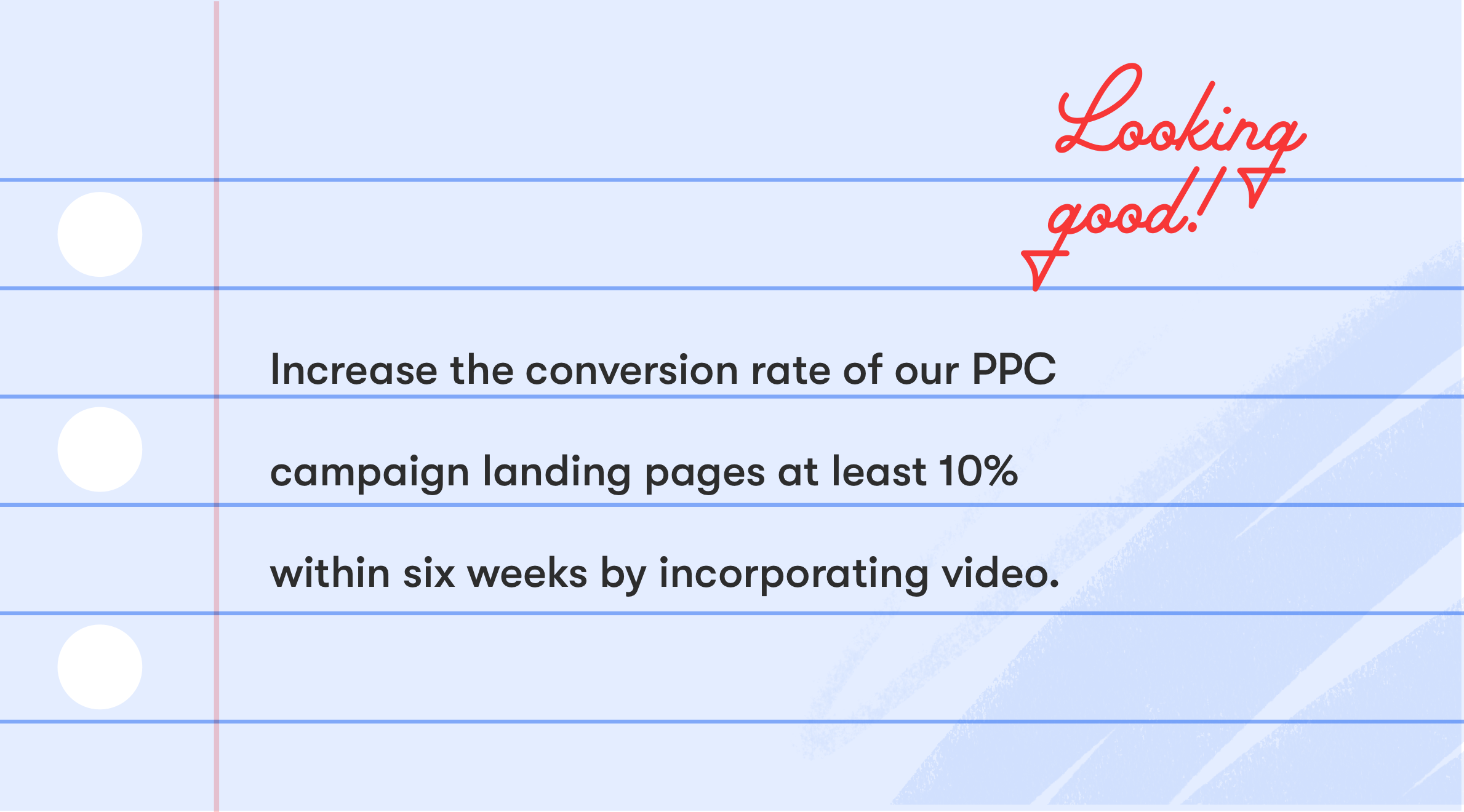Many marketers know they should be using video strategically, but often create video content simply to check off a box. In reality, video marketing is all about using video creatively to achieve your business goals.
Views alone don’t define video marketing, which is why it’s best to focus on what you’re trying to accomplish from a marketing perspective (the message) instead of developing a strategy around video itself (the medium).
If you feel like your video marketing efforts aren’t paying off, it might be because you’re treating the video as the means to the end. That’s a no-go!



















